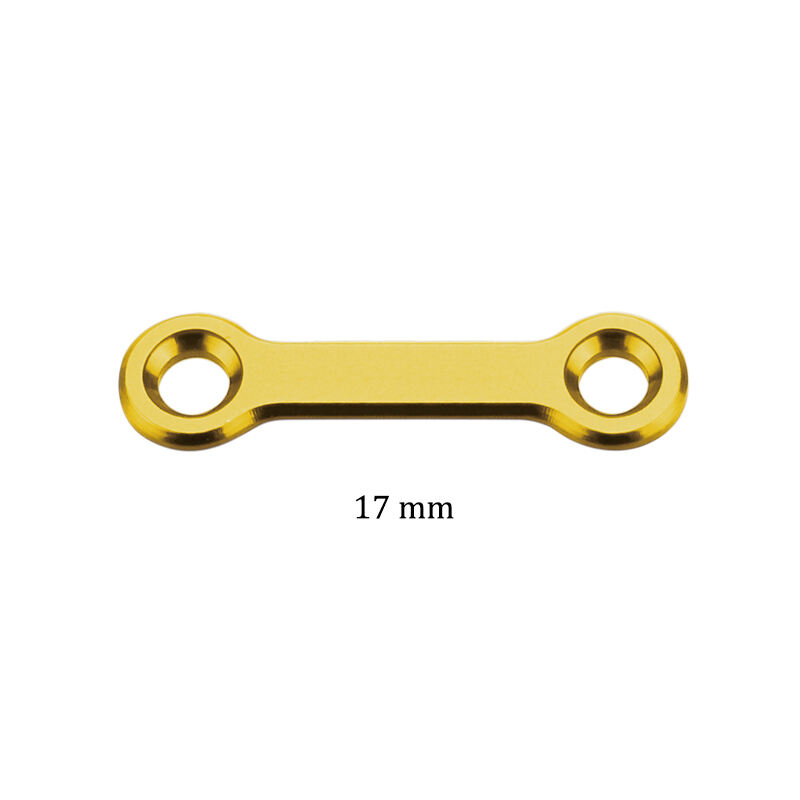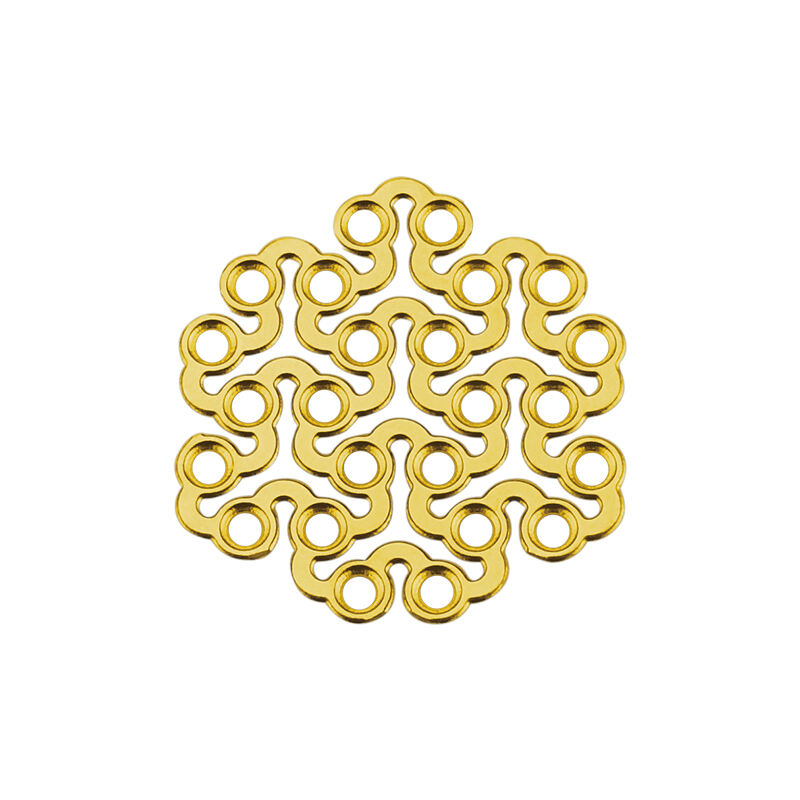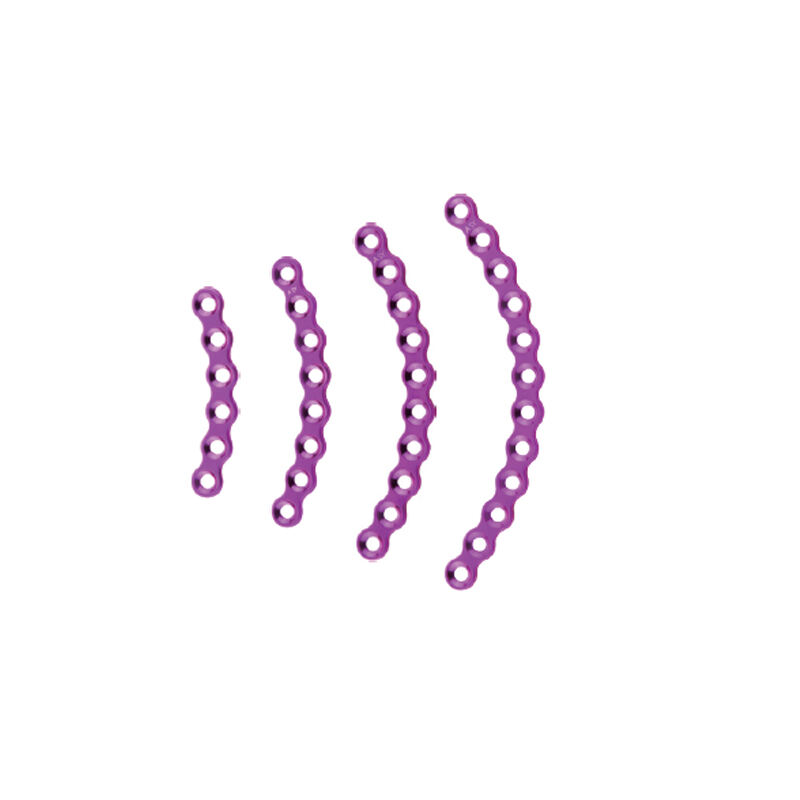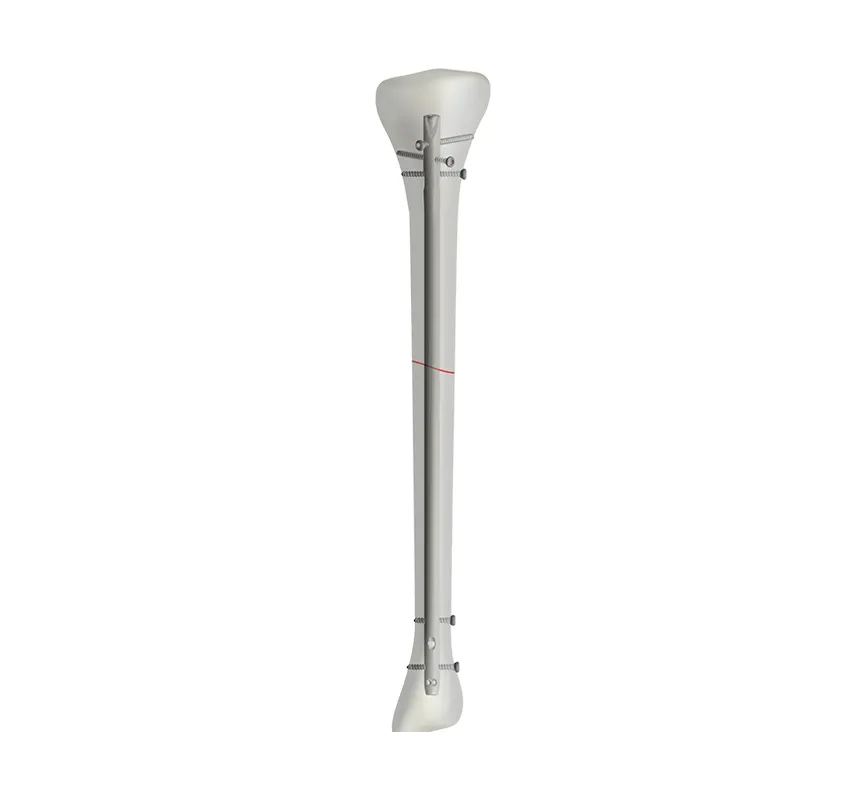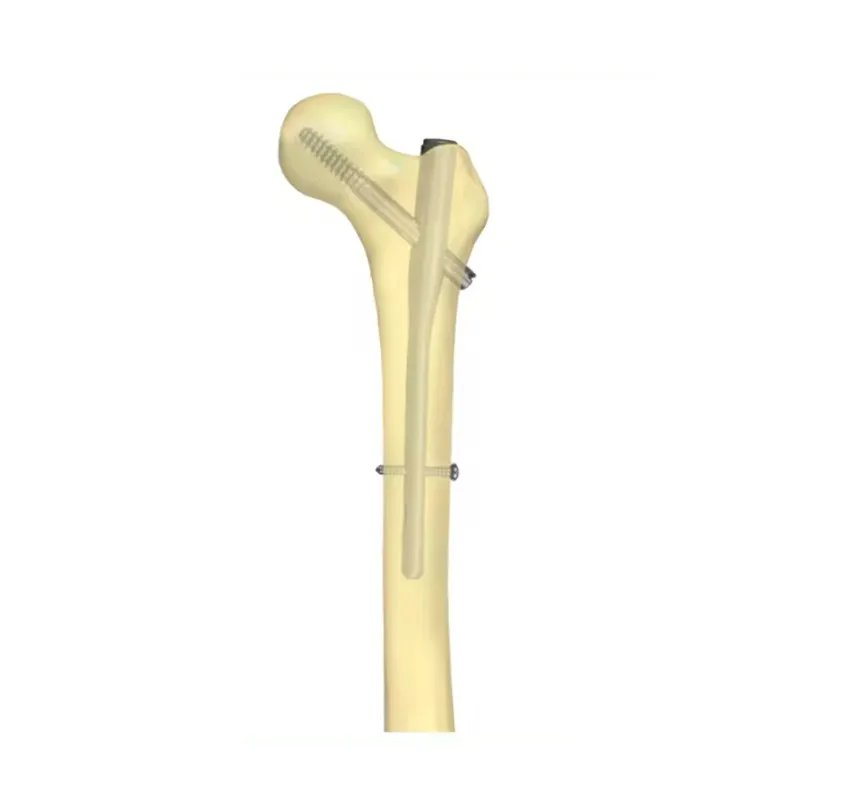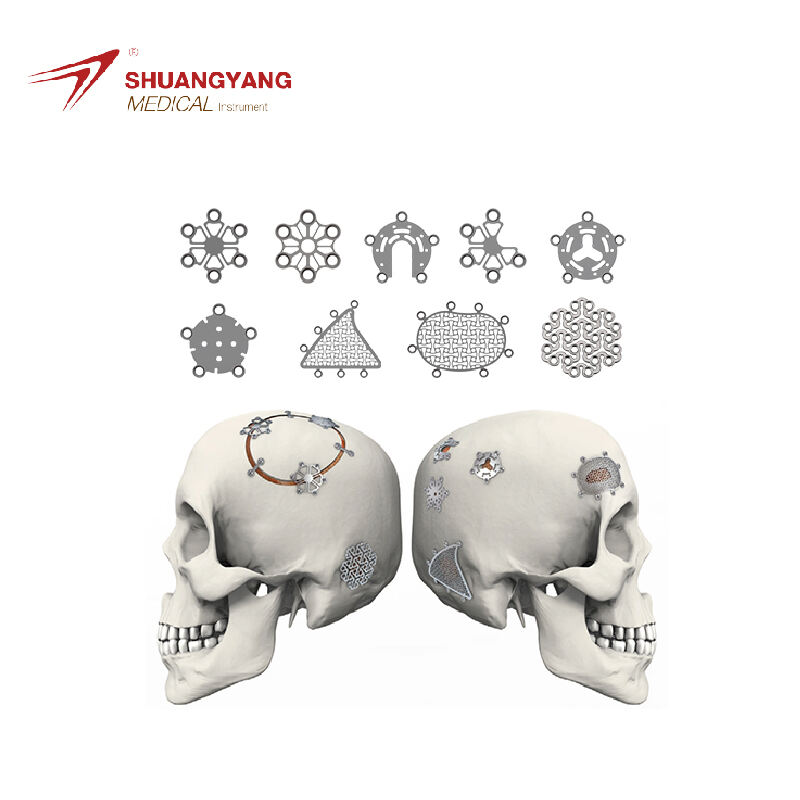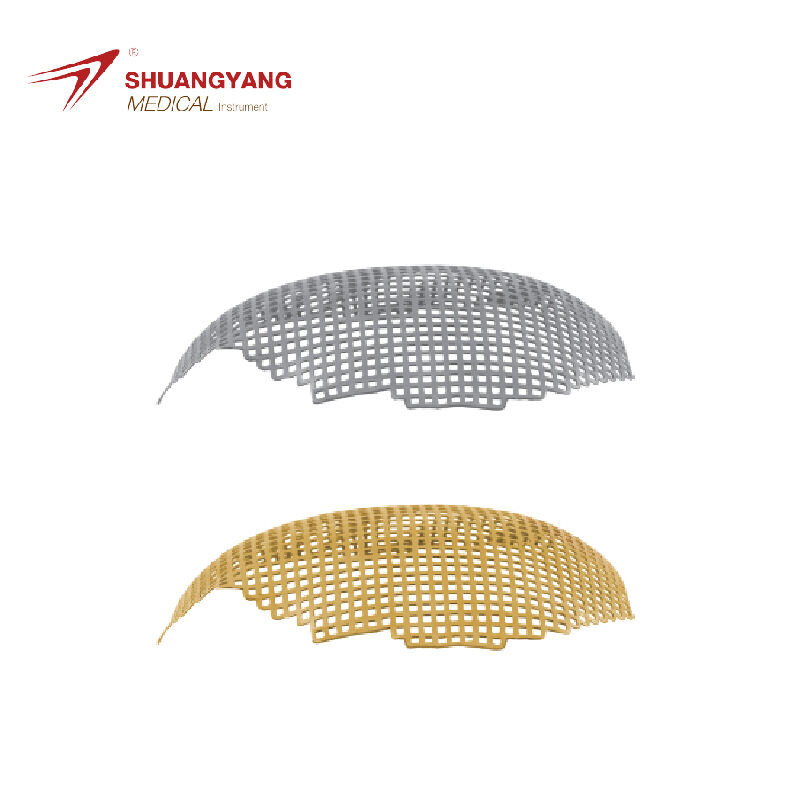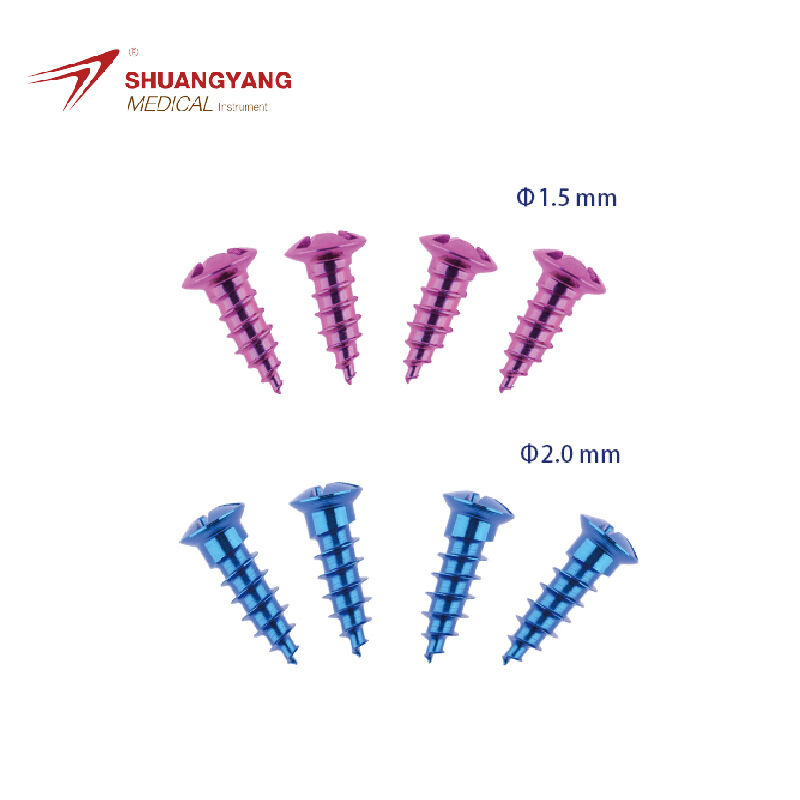proximal lateral tibia plate
The proximal lateral tibia plate is a specialized orthopedic implant designed to stabilize and support fractures of the proximal lateral tibia. Its main functions include maintaining the alignment of the bone, reducing pain, and facilitating faster recovery. Technological features of this plate include a low-profile design that minimizes soft tissue irritation, and a pre-contoured shape that closely matches the anatomy of the tibia. It is made from high-quality materials that provide strength and durability while being biocompatible. The applications of the proximal lateral tibia plate are diverse, ranging from high-energy trauma cases to osteoporotic fractures, making it an essential tool in the arsenal of orthopedic surgeons.
 EN
EN
 FR
FR
 ES
ES
 AR
AR

